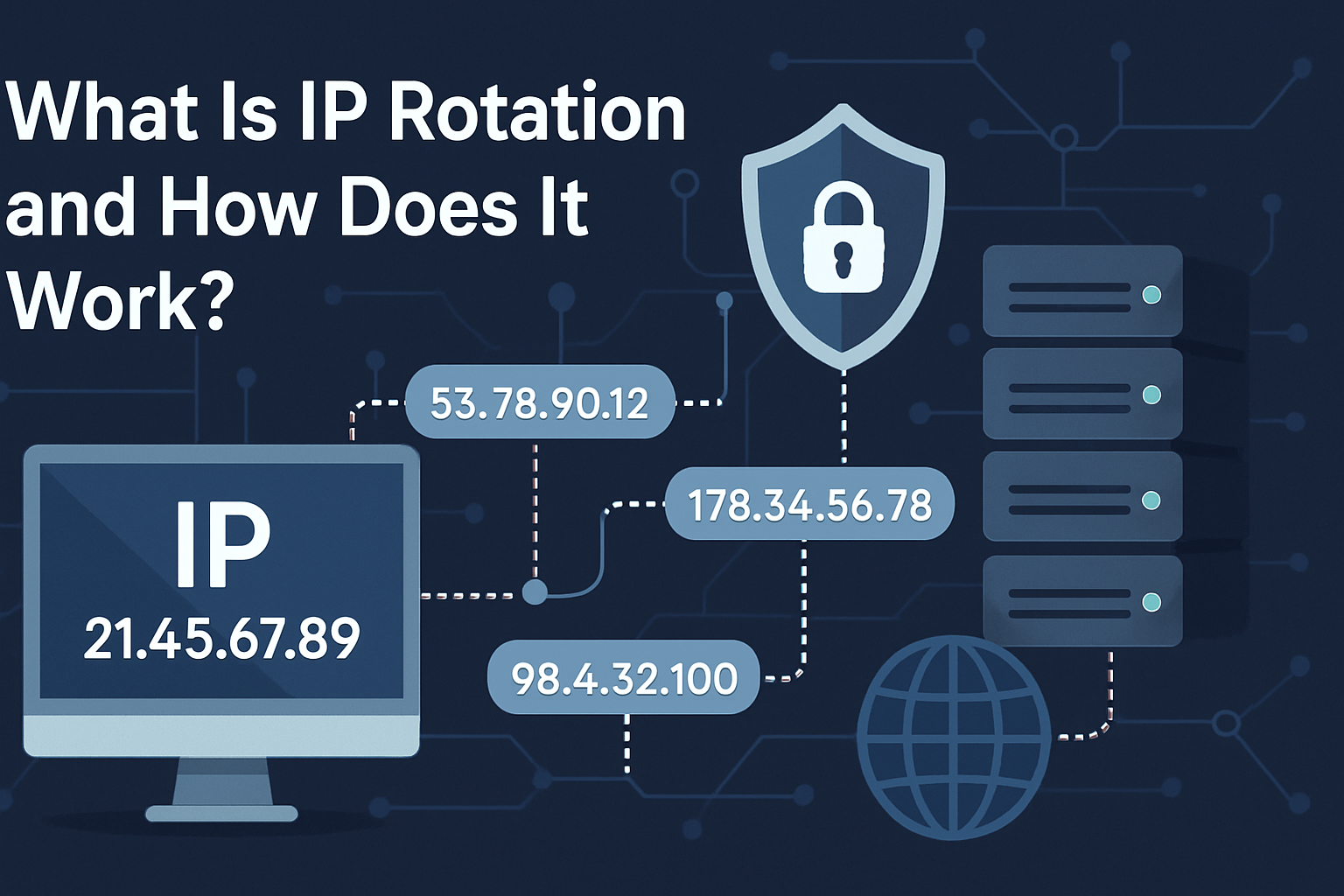In the labyrinthine world of the internet, where digital footprints are as telling as radio wave signatures, the concept of IP rotation stands as both a shield and a tool. Whether you’re scraping data, managing multiple accounts, or simply seeking to preserve privacy, understanding IP rotation is akin to mastering a chess opening: it’s foundational, strategic, and surprisingly elegant. Let’s begin by untangling the wires.
What Is IP Rotation? A Clear Definition
At its core, IP rotation is the practice of periodically changing the Internet Protocol (IP) address used for a connection. Much like a radio operator might switch frequencies to avoid interference or detection, IP rotation helps users avoid patterns, bypass restrictions, and maintain operational anonymity online.
Why Rotate IPs?
- Evade Bans and Rate Limits: Websites monitor IP addresses to detect suspicious behavior. Too many requests from a single IP can trigger blocks, much like a chess player repeating moves to force a draw.
- Enhance Anonymity: Rotating IPs makes it harder to track a user’s activity across sessions.
- Access Geo-Restricted Content: Different IPs can simulate access from various countries or regions.
How Does IP Rotation Work?
Let’s step through the mechanisms, much like tracing a signal through a radio circuit.
1. Proxy Pools
A proxy is an intermediary server that relays your requests. By using a collection (pool) of proxies, each with a unique IP, you can rotate which IP is used for each request.
Analogy: Think of a chess player employing several opening strategies—each one represents a different path, making it difficult for the opponent to predict the next move.
Common Types of Proxies:
- Datacenter Proxies: Fast and scalable, but sometimes easy to detect.
- Residential Proxies: Use IPs from real devices, making them harder to block.
- Mobile Proxies: Utilize IPs from mobile networks—highly effective but costly.
2. Automated Rotation
Software or scripts can automatically select a new IP from the proxy pool at set intervals, or after each request. This process can be fine-tuned:
- Per Request Rotation: Each connection uses a new IP.
- Session-Based Rotation: An IP is held for a fixed session before rotating.
- Rule-Based Rotation: Rotates IPs based on triggers (e.g., after a block or error).
3. Rotating VPNs and Tor
- VPN Services: Some VPNs offer IP rotation as a feature, assigning a new IP at intervals.
- Tor Network: Routes traffic through a series of relays, assigning a new “exit node” (and thus IP) periodically.
Real-World Example: Web Scraping
Suppose you’re gathering pricing data from a travel website. If all your requests come from one IP, you’re likely to be flagged and blocked. By rotating IPs, you mimic the behavior of many legitimate users, reducing the chance of detection.
Chessboard Parallel: Just as a skilled player avoids repeating predictable moves, effective IP rotation keeps your actions varied and less conspicuous.
Pros and Cons of IP Rotation
| Pros | Cons |
|---|---|
| Bypass bans and rate limits | Can be complex to set up |
| Access geo-restricted content | May slow down connection speeds |
| Reduce tracking and profiling | Poorly managed rotation can cause bans |
| Enables large-scale web automation | Quality proxies can be expensive |
Tips for Effective IP Rotation
- Quality Over Quantity: A handful of high-quality proxies trump a large pool of unreliable ones—a lesson as true in radio engineering as in network operations.
- Respect Robots.txt: Ethical scraping and automation practices go a long way toward longevity.
- Monitor for Leaks: Ensure your real IP isn’t accidentally exposed.
- Randomize Timing: Vary both IPs and request intervals to avoid detectable patterns.
Frequently Asked Questions
1. Is IP rotation legal?
IP rotation itself is legal, but using it to bypass restrictions or commit fraud may violate laws or terms of service.
2. Can websites detect IP rotation?
Advanced detection methods can spot suspicious rotation patterns. That’s why subtlety and quality proxies matter.
3. What’s the difference between IP rotation and using a VPN?
VPNs typically assign one IP per session, while IP rotation cycles through many IPs, often via proxies.
Conclusion
IP rotation is both an art and a science—a strategic maneuver reminiscent of a chess gambit or a well-tuned radio frequency hop. When implemented thoughtfully, it can open doors to vast digital landscapes, protect your privacy, and keep your operations a step ahead of adversaries. As with any tool, the key lies in understanding both its power and its limits.
Stay methodical, stay ethical, and let your digital footprints be as fleeting as a radio wave fading into static.

Comments (0)
There are no comments here yet, you can be the first!